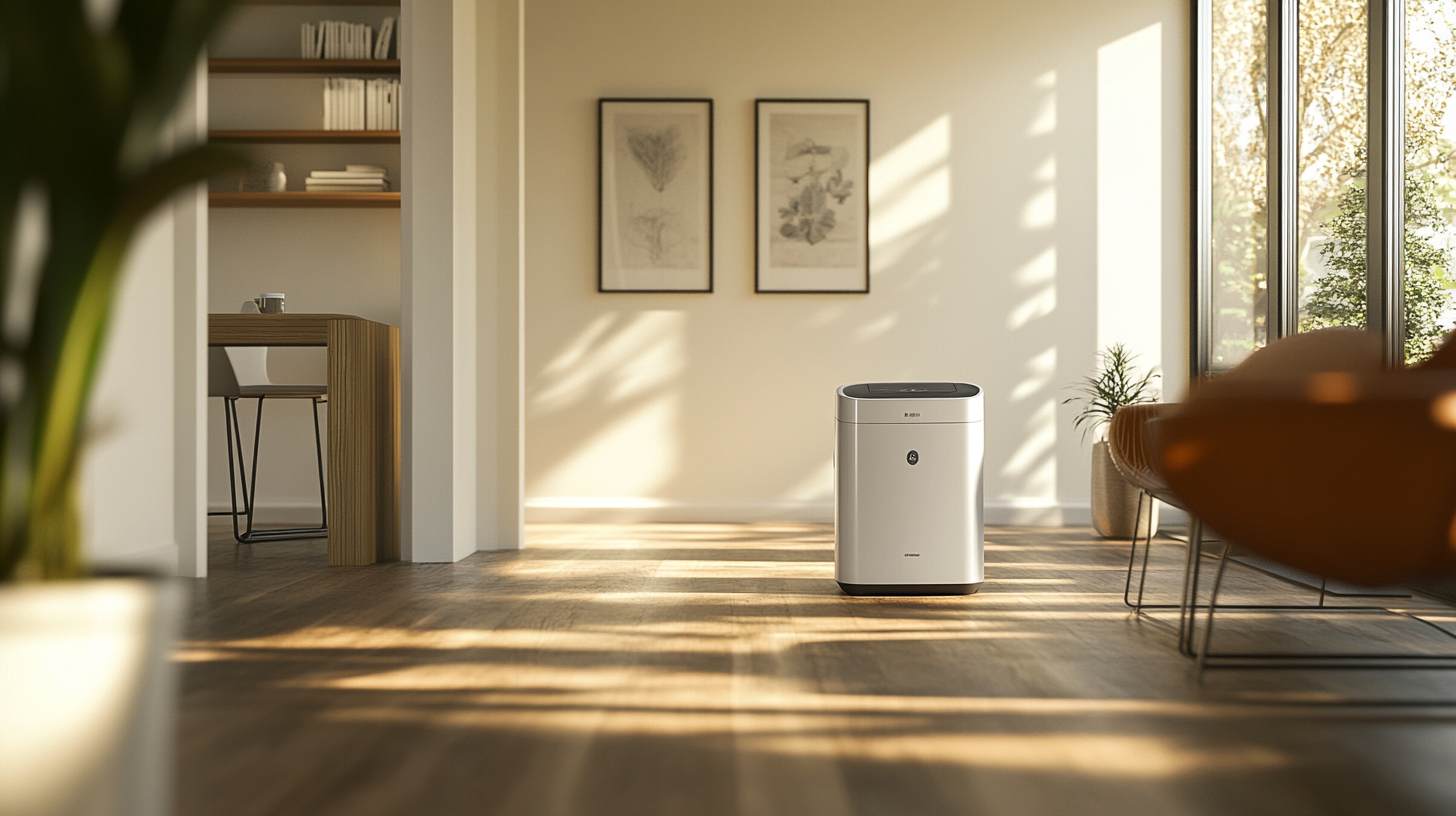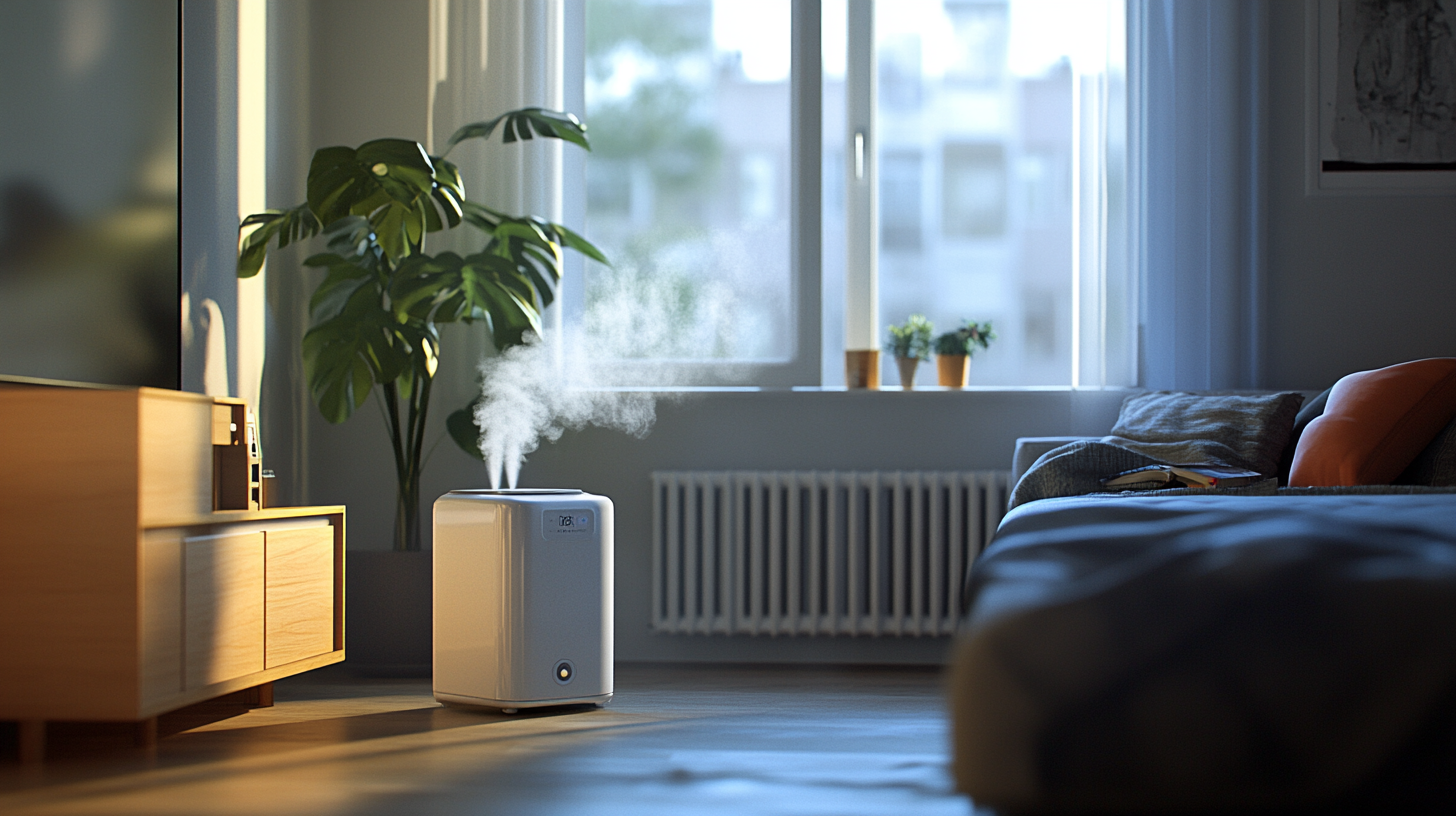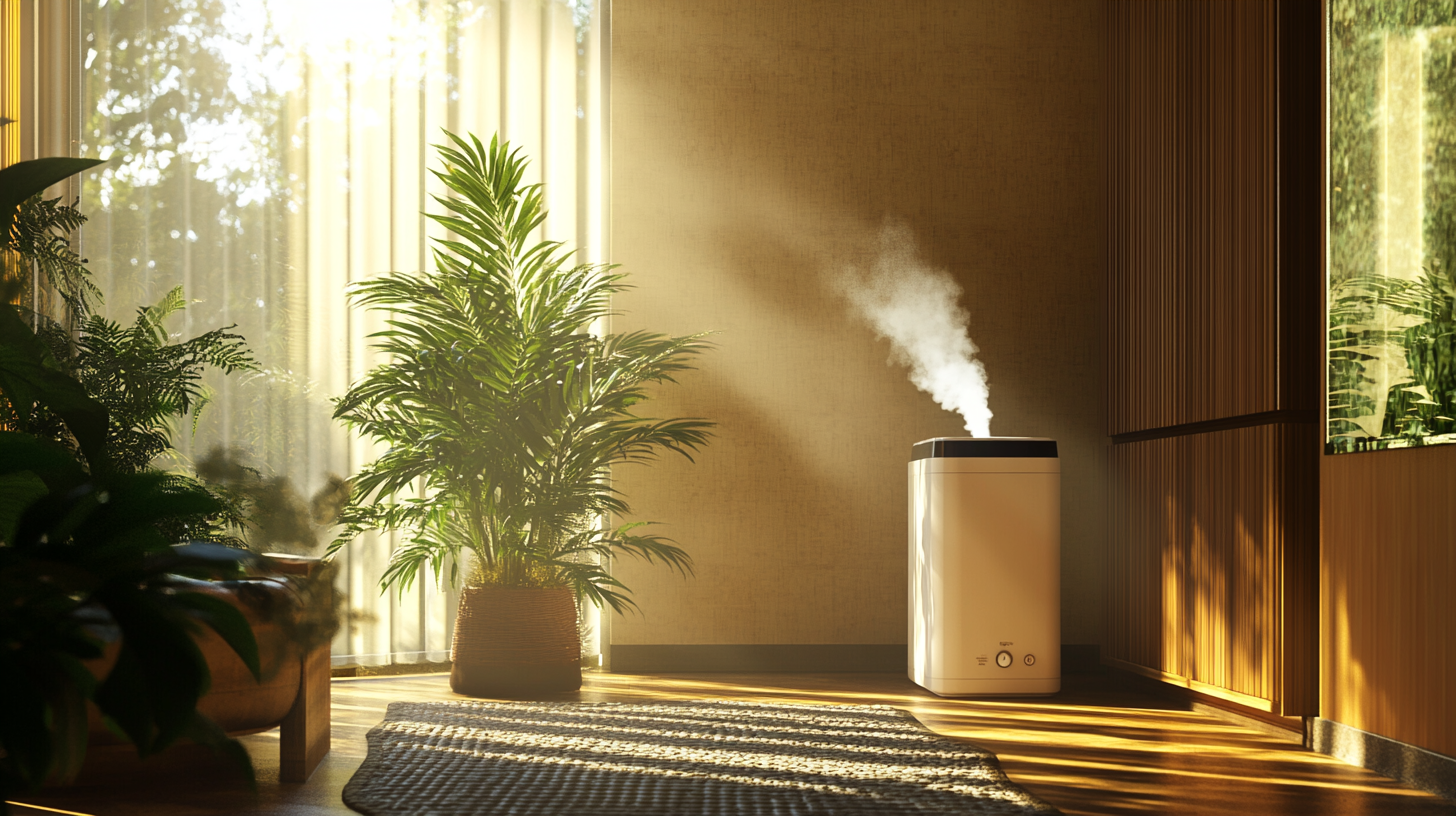When it comes to safeguarding your home from water damage, protecting your basement is a top priority. Moisture infiltration through basement walls can lead to a host of issues, from structural damage to mold growth. In this blog, we'll explore effective techniques for waterproofing basement walls from the inside, offering homeowners practical solutions to create a dry and secure lower living space.
Understanding Interior Basement Wall Waterproofing
Understanding interior basement wall waterproofing is a crucial step for homeowners looking to fortify their homes against water intrusion and the resulting issues it can cause. This approach involves creating a barrier on the inner side of basement walls to prevent moisture from entering the living space. Typically, it's used as a preventive measure rather than a solution for severe flooding, complementing exterior drainage systems and sump pumps.
The key to interior basement wall waterproofing lies in choosing the right materials and techniques for your specific needs. This method commonly involves applying waterproof coatings, sealants, or water-resistant membranes to the interior walls, effectively blocking moisture from seeping in. It's a cost-effective and less invasive solution when compared to exterior waterproofing, making it an attractive option for homeowners seeking to protect their homes from the inside out. By gaining a clear understanding of the principles and materials involved in interior basement wall waterproofing, you can take proactive steps to create a dry, secure, and comfortable basement environment.
The Importance of Waterproofing Basement Walls Internally
The importance of waterproofing basement walls internally cannot be overstated when it comes to maintaining the integrity and comfort of your home. Basements are notorious for their susceptibility to moisture infiltration, which can lead to a cascade of problems like structural damage, mold growth, and even health concerns. Internal basement wall waterproofing serves as a proactive defense mechanism, creating a barrier that shields your living space from the adverse effects of water intrusion.
By addressing the issue from the inside, homeowners can enjoy several benefits, such as cost-effectiveness and reduced disruption to the exterior landscape. It's a practical solution to prevent water from seeping through the walls, ensuring a dry and comfortable basement area. Whether you're looking to transform your basement into a functional living space or safeguard your home's foundation, internal waterproofing is a valuable investment in the long-term health and durability of your property.
Common Interior Waterproofing Methods for Basement Walls
When it comes to safeguarding your basement against the perils of moisture infiltration, various interior waterproofing methods can prove invaluable. These techniques provide a vital line of defense against water intrusion, helping to maintain the integrity and comfort of your home. Common interior waterproofing methods for basement walls include the application of waterproof coatings, the installation of drainage systems, and the use of water-resistant membranes.
Waterproof coatings are a popular choice, as they create a protective layer on the interior surface of basement walls, blocking moisture from seeping through. This method is cost-effective and can be a DIY project for some homeowners. Drainage systems, such as interior French drains or sump pumps, can help manage and redirect excess water away from your basement, preventing flooding and damage. Water-resistant membranes are another effective option, acting as a barrier between the concrete walls and the interior living space. These membranes are designed to repel water and are often combined with drainage systems for comprehensive protection. Understanding and employing these common interior waterproofing methods can help ensure your basement remains dry, secure, and comfortable for years to come.
FAQs
-
What is interior basement wall waterproofing, and how does it work?
Interior basement wall waterproofing involves applying materials or systems on the inner side of basement walls to create a moisture-resistant barrier. It works by preventing water from penetrating the interior living space.
-
Is interior basement wall waterproofing a DIY project, or should I hire a professional?
While some homeowners with DIY skills can tackle interior waterproofing, it's often recommended to consult a professional, especially for more complex issues. Professionals have the expertise to assess your specific needs and provide tailored solutions.
-
What materials are commonly used for interior basement wall waterproofing?
Common materials include waterproof coatings, sealants, water-resistant membranes, and drainage systems like French drains or sump pumps, depending on the severity of your moisture issues and budget.
-
Is interior waterproofing suitable for all basement water problems, including heavy flooding?
Interior waterproofing is typically more effective for preventing moisture infiltration rather than addressing severe flooding. It's crucial to address the source of the water issue first and consider a combination of interior and exterior solutions for comprehensive protection.
-
How long does interior basement wall waterproofing last, and is maintenance required?
The longevity of interior waterproofing depends on factors like the materials used and the severity of moisture issues. Regular maintenance, such as reapplying coatings or checking drainage systems, is often recommended to ensure continued effectiveness.
Contact Crawl Logic Today!
Crawl Logic will do everything we can to ensure your experience with us is excellent.
Request A FREE Estimate
We will get back to you as soon as possible.
Please try again later.
CHECKOUT RECENT POST



Schedule Your FREE Crawl Space Evaluation!
Did you know YOU DON'T HAVE TO BE HOME for us to provide you with your 100% FREE crawl space inspection and report?
CHOOSE THE BEST OPTION, CRAWL LOGIC!
Ready to Elevate Your Experience? Let's embark on a journey to success together! Our team is dedicated to delivering excellence and innovation tailored to your unique needs. Connect with us now to discover how our services can transform your vision into reality. Your next big leap starts here
HOURS
Monday: 8:00AM - 5:00PM
Tuesday: 8:00AM - 5:00PM
Wednesday: 8:00AM - 5:00PM
Thursday: 8:00AM - 5:00PM
Friday: 8:00AM - 5:00PM
Saturday: 8:00AM - 5:00PM
Sunday: 8:00AM - 5:00PM
Copyright © 2020 Crawl Logic - Franklin Crawl Space Encapsulation and Repair
